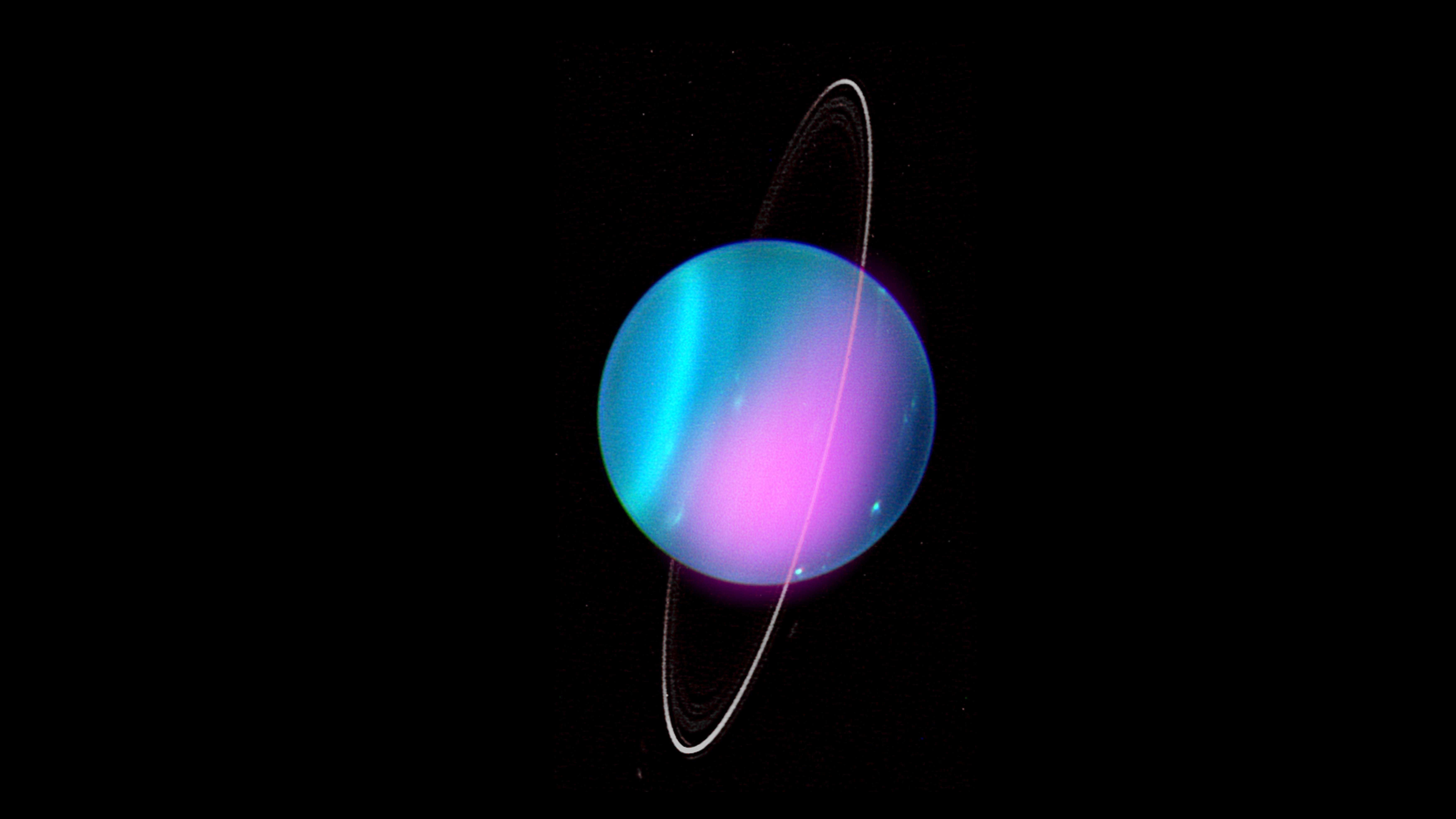American Astronomical Society Meetings: Latest discoveries and science
Join our Space Forums to keep talking space on the latest missions, night sky and more! And if you have a news tip, correction or comment, let us know at: community@space.com.
Latest about american astronomical society
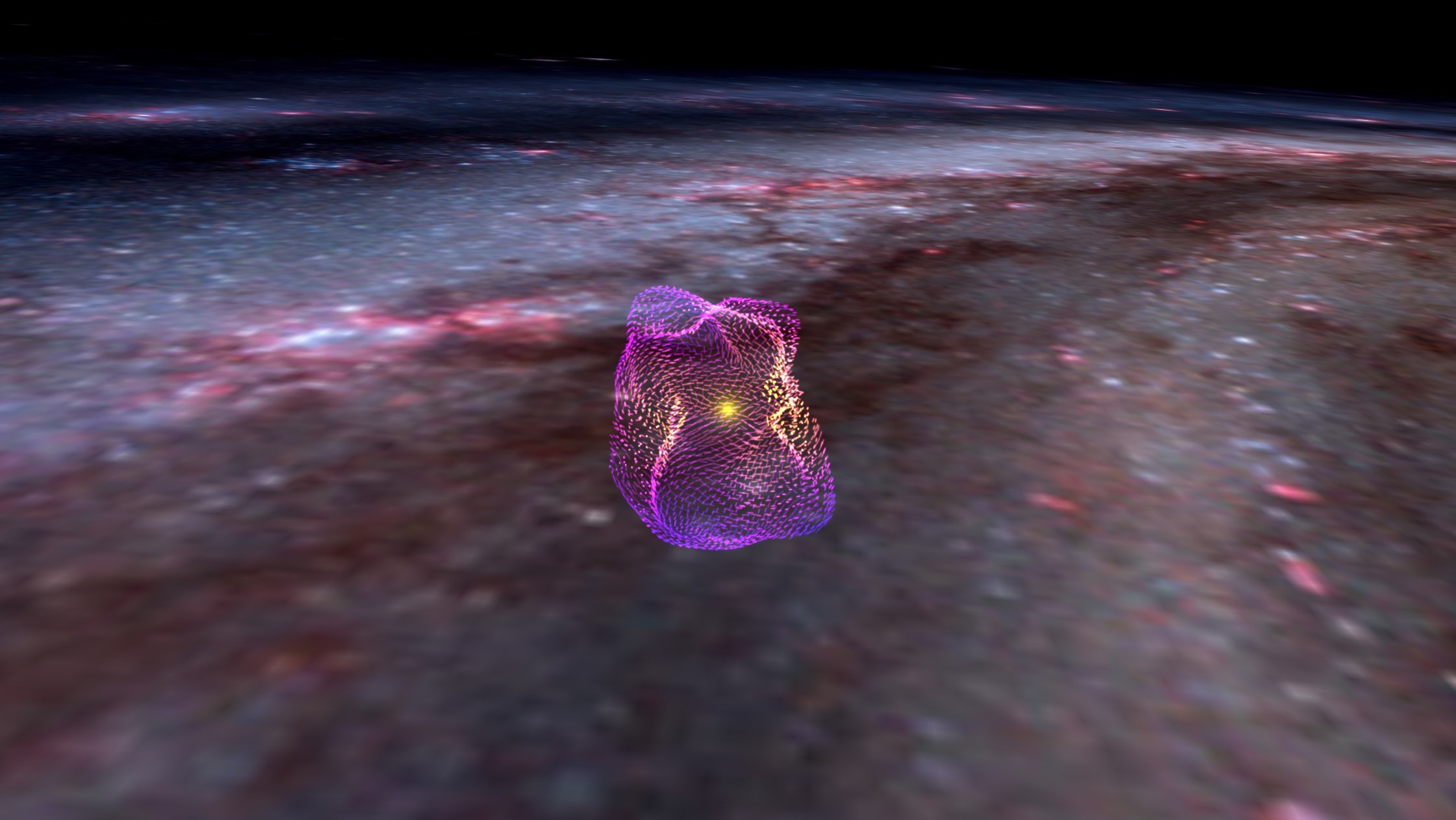
Astronomers make 1st-ever 3D map of Local Bubble's magnetic fields
By Keith Cooper published
The magnetic fields swept up on the surface of the Local Bubble influence where star formation occurs in the vicinity of the sun.
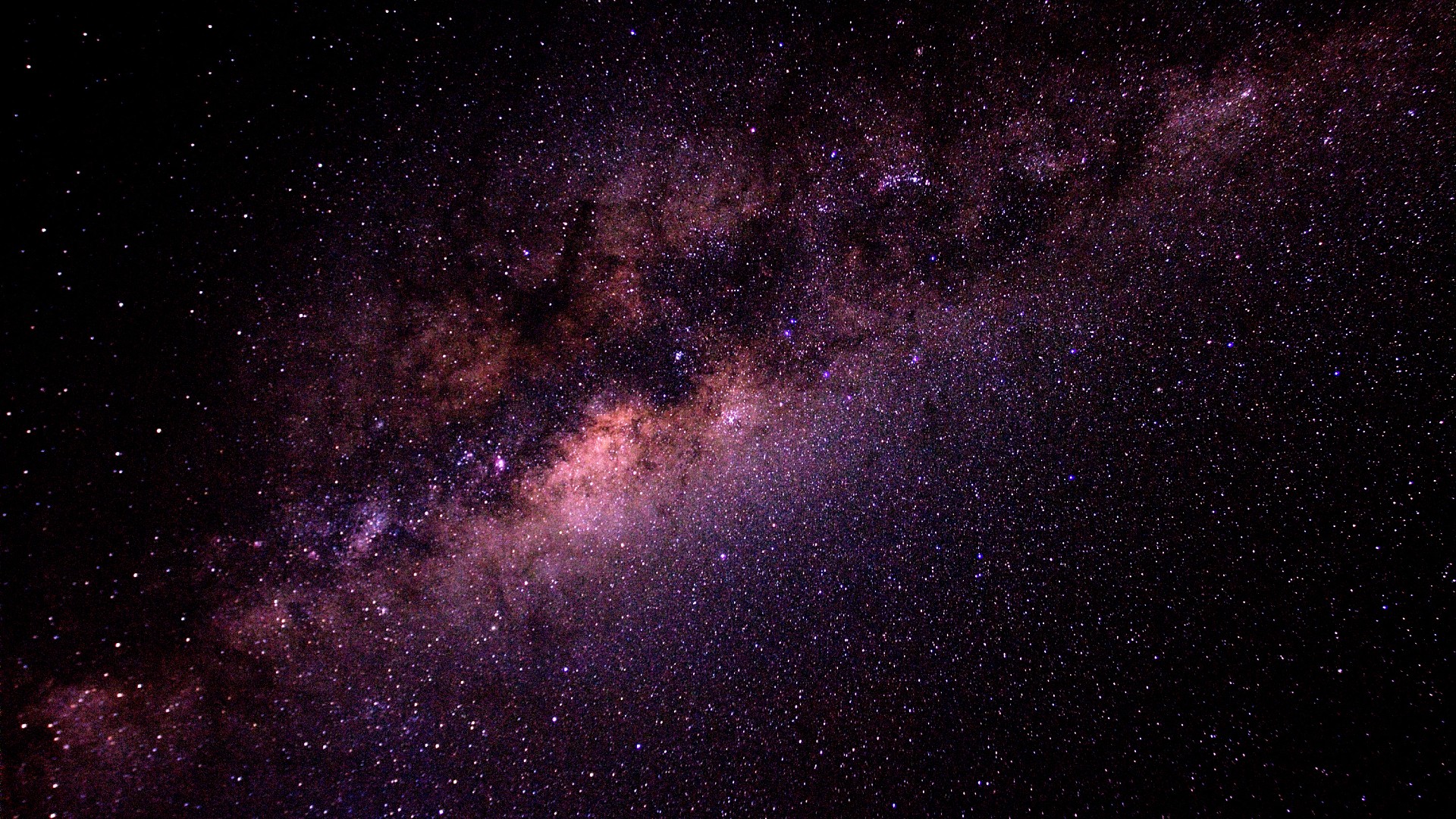
Astronomers spot the most distant stars in the Milky Way — a million light-years away
By Stefanie Waldek published
Researchers have discovered more than 200 RR Lyrae stars in our galaxy's stellar halo.
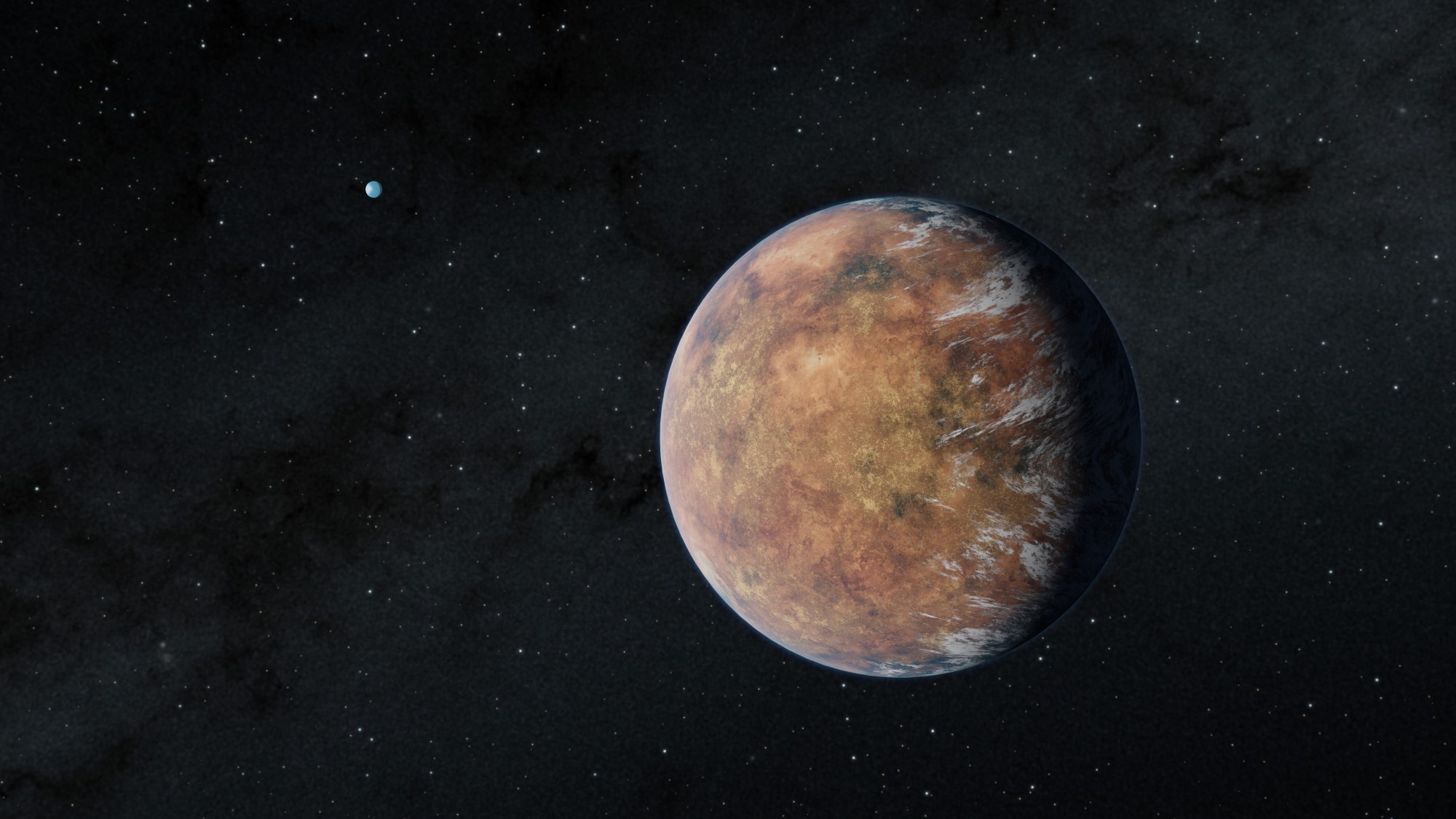
Astronomers find 2nd Earth-size planet in intriguing alien solar system
By Meghan Bartels published
NASA's leading planet-hunting spacecraft has spotted its second planet that matches Earth's size and may be able to retain liquid water — and both worlds orbit the same star.
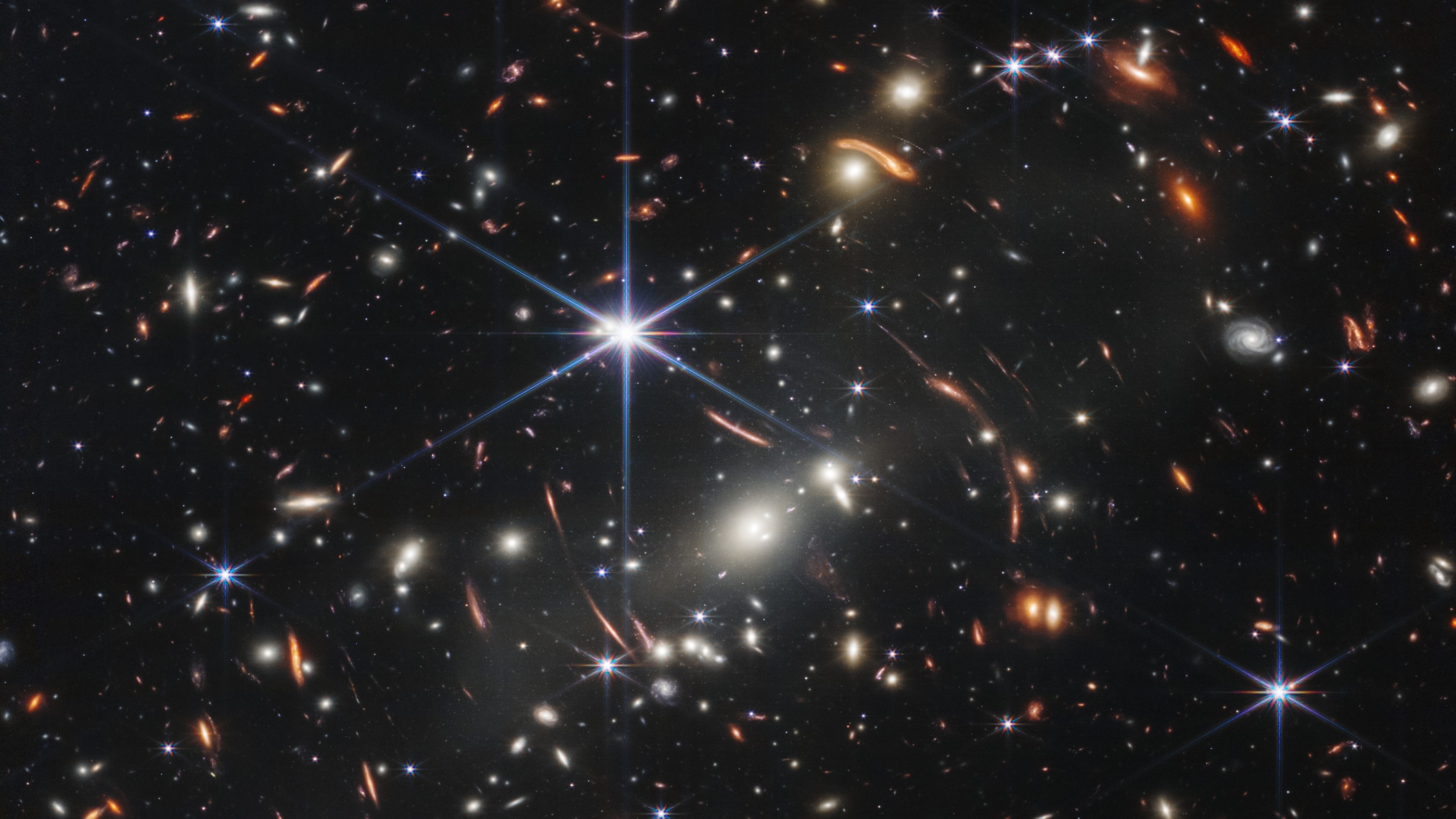
Early James Webb Space Telescope findings take center stage at key astronomy conference
By Sharmila Kuthunur published
Results shared Jan. 9 at the "Super Bowl of astronomy" highlight how the James Webb Space Telescope is living up to its potential — and how much more is waiting to be unveiled.

Pew, pew! Massive 'oddball' blasts a jet of material at over a million mph
By Robert Lea published
Located around 4,000 light years away the massive "oddball" star MWC 349A is ejecting a jet of material at mind-boggling speeds of over a million miles per hour.
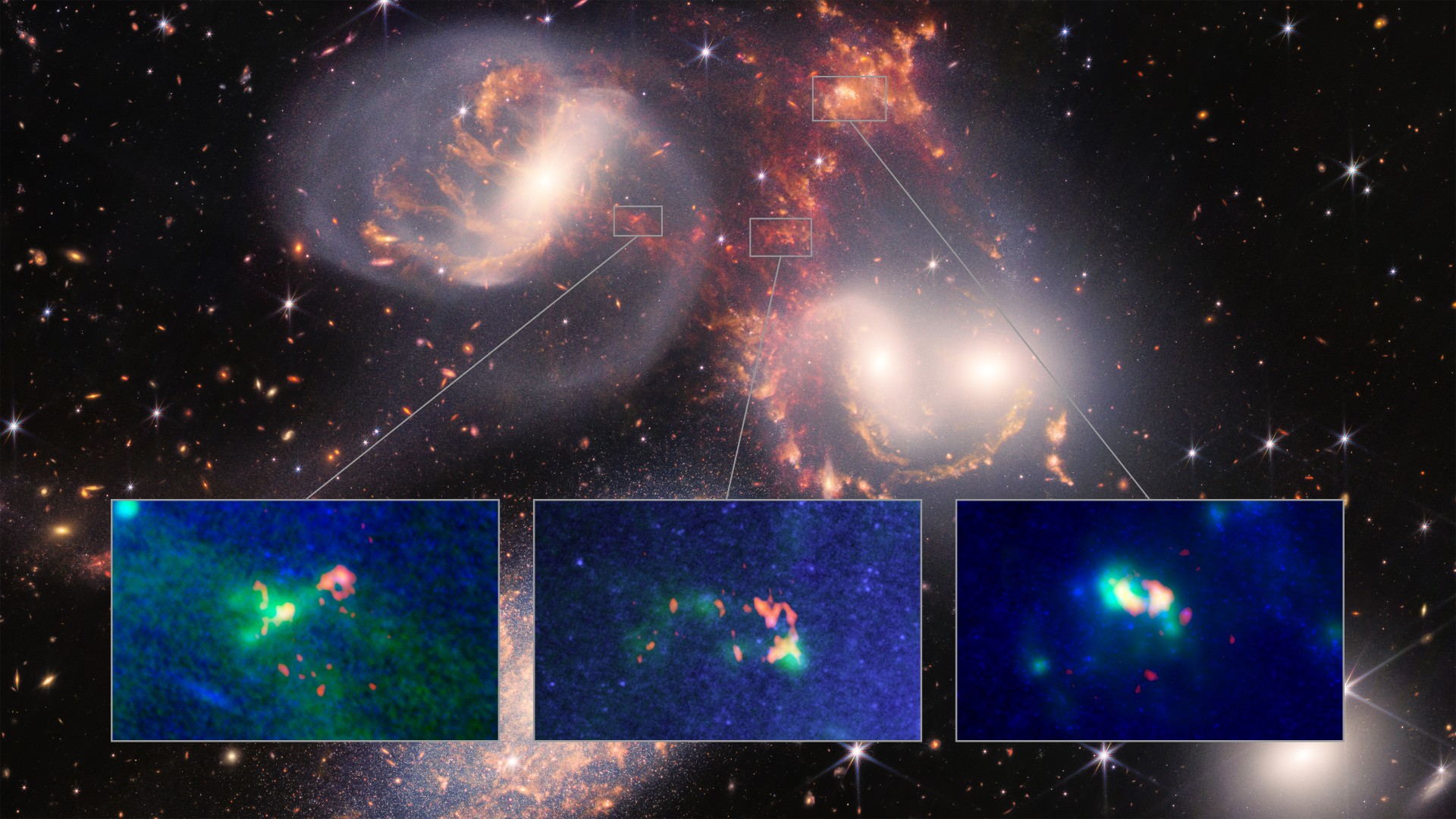
James Webb Space Telescope spies massive shockwave and baby dwarf galaxy in Stephan's Quintet
By Robert Lea published
A tremendous shockwave several times the size of the Milky Way, launched by a "galactic intruder" forcing its way into the collection of galaxies has kickstarted several mysterious processes.
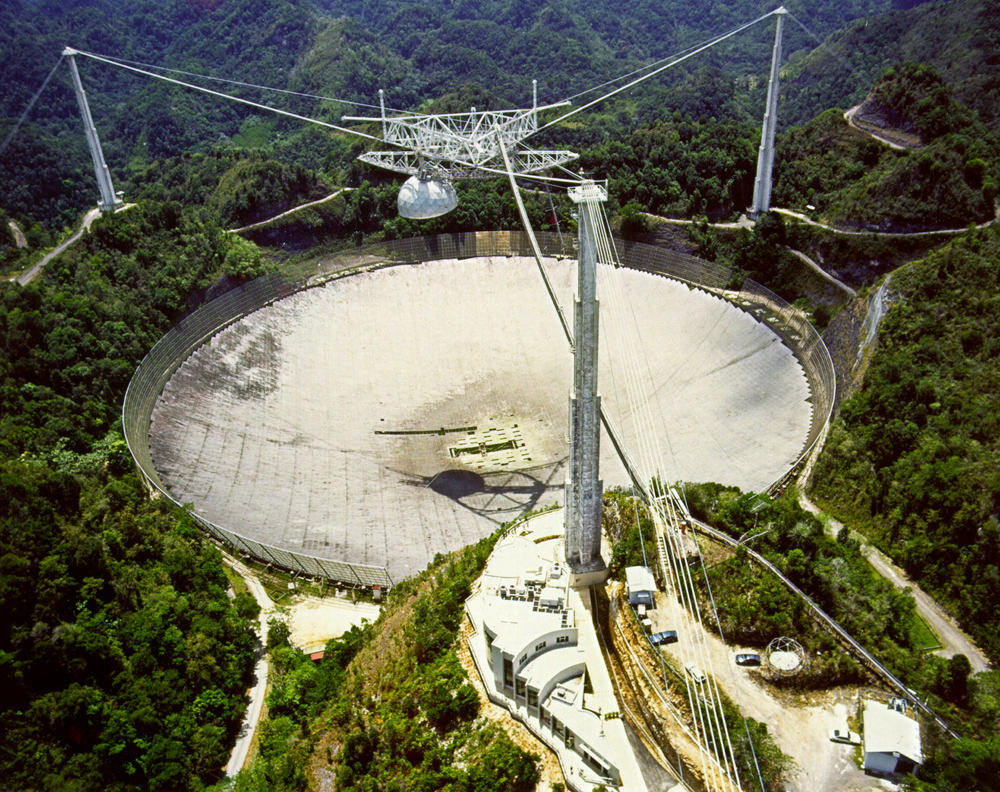
Puerto Rico's Iconic Arecibo Observatory Closed by Major Earthquake
By Meghan Bartels last updated
Staff at Puerto Rico's iconic Arecibo Observatory are monitoring the facility for potential damage in the midst of a spate of earthquakes rocking the island.
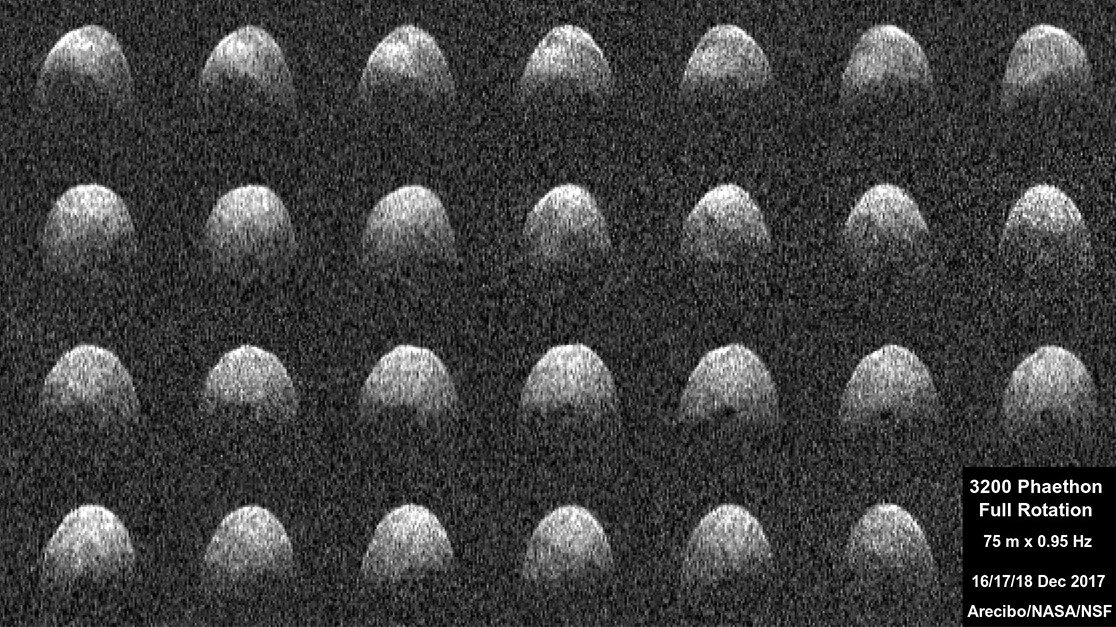
Astronomers discovered something strange about 'potentially hazardous' asteroid Phaethon
By Stefanie Waldek published
The asteroid Phaethon's rotational period is decreasing, which is rare for space rocks.
Get the Space.com Newsletter
Breaking space news, the latest updates on rocket launches, skywatching events and more!
